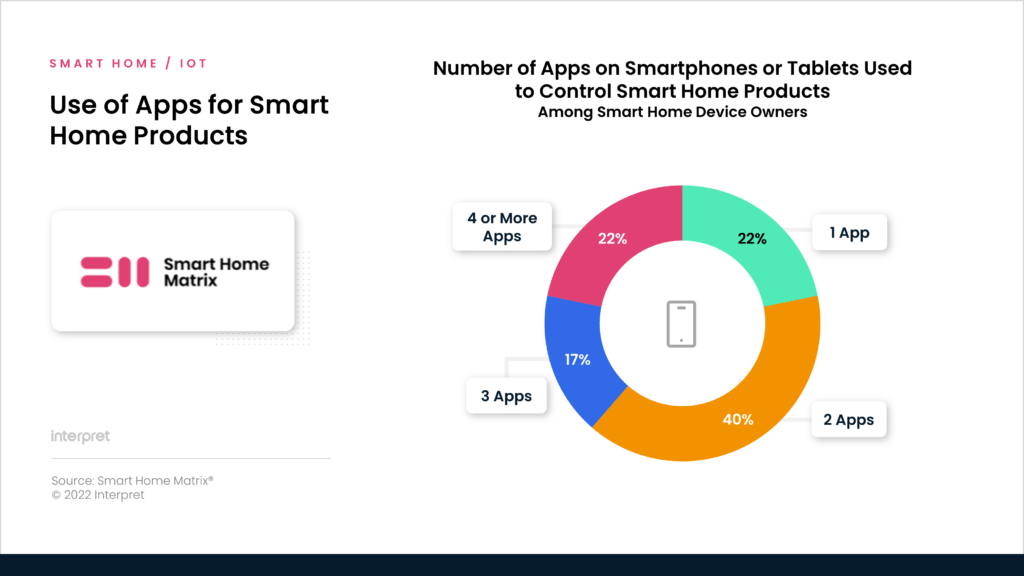At last week’s CES, the big topic of the day for the smart home crowd was the new Matter networking standard, which represents an epic achievement on the part of the Connectivity Standards Alliance and players big and small across the smart home ecosystem. It’s genuinely an exciting time as visions of one device language uniting them all promise to create more convenience for consumers and less cost and complexity for product developers.
Matter will make a huge difference in expanding the value of all participating products by enabling IP-based interoperability. That said, let’s not forget that the core low-power communication technologies that create the first wireless bridge from sensor to network remain vitally important as well. Z-Wave, Zigbee, Bluetooth, and Thread are proven technologies that are reliable, secure, and here to stay, for quite a while at least. The vast majority of consumers who own only a few devices (and maybe a smart security system) have enjoyed reliable smart home experiences for years due to the innovation of the industry groups that created them.
As Matter comes to market, radio transceivers for these technologies will be required to enter into the Matter “metaverse.” The physical layer is still ground zero for communication. Backwards compatibility will be required to achieve communication with the installed base of sensors that were not designed to speak the Matter language. And, perhaps more importantly, consumers and their service providers have a base of familiarity with these brands, even if consumers don’t understand how they work.
This last point was underscored by Interpret Vice President, Brad Russell, who recently led a research project for the Z-Wave Alliance published in its Z-Wave State of the Ecosystem 2022 report: “I was struck by the high satisfaction level and appetite of Z-Wave device owners for adding more sensors and devices to their systems. For all the imperfections of the smart home experience, there are some happy customers.”
There’s long-been a lot of handwringing over smart devices that don’t play well with others, but the current reality for most device owners is that they don’t yet own enough devices for it to be a major problem. Interpret research finds that only 22% of device owners report using four or more apps to control products, despite commonly heard industry concerns about app fatigue. Moreover, less than half of consumers today expect their newest smart home product to work with those they already own. Nonetheless, creating seamless smart home experiences will still be critical, even if interoperability is not currently as big a pain point as assumed.





